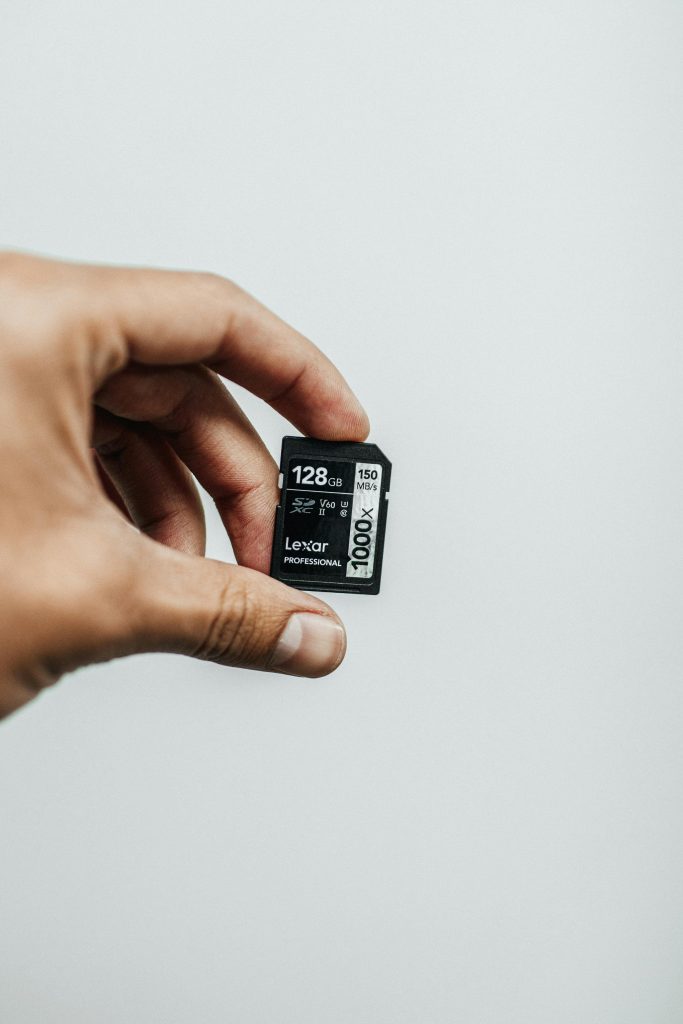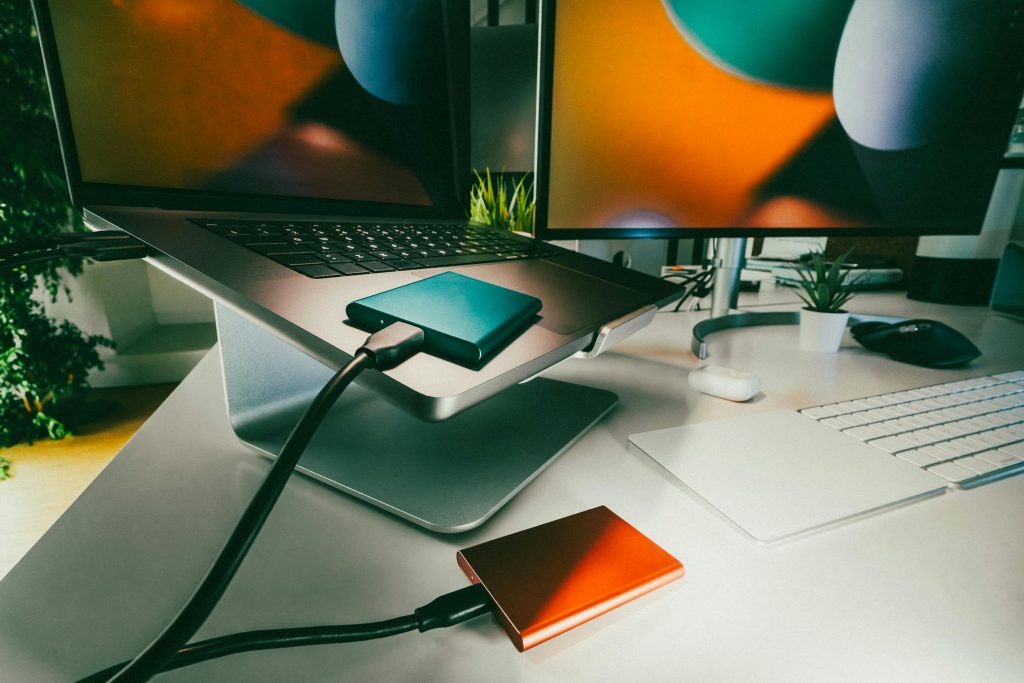Understanding and Troubleshooting Data Access Post-Windows 11 Update on Samsung 860 Evo SSD
Recently, a user encountered significant hardware and data access challenges following a Windows 11 update, particularly involving a Samsung 860 Evo SSD. This guide aims to elucidate the situation, analyze potential causes, and outline best practices for recovery and troubleshooting.
Background
The user’s setup included a Windows 11 installation on a Samsung 860 Evo SSD, primarily used for programming and work-related tasks. Prior to the update, the system functioned reliably, with the drive being approximately 75-80% full. The last use involved shutting down the system via remote software (Parsec) to facilitate physical packing and transportation.
Issue Chronology
- Post-shipment, upon unboxing, the motherboard displayed a ‘VGA’ error indicator, suggesting graphics or motherboard-related issues.
- Hardware diagnostics led to a motherboard and CPU replacement, switching from a 12700K to a B650 motherboard and AMD Ryzen 7700X.
- Following hardware upgrades, the system exhibited failure to pass POST, with unresponsive BIOS entries and apparent freezes.
- Disconnecting the SSD enabled entry into BIOS, with “no boot device” messages indicating detection issues.
- Installing a fresh copy of Windows 11 onto a new SSD functioned normally, confirming hardware compatibility.
- Attempts to access the old Samsung 860 Evo via SATA-to-USB adapters yielded no detection in Device Manager or DiskPart, implying the drive was not recognized externally.
Analysis
Several factors could contribute to the observed symptoms:
-
Drive Corruption or Firmware Issues: The drive may have experienced data corruption or firmware incompatibility due to the update or hardware changes.
-
Hardware Incompatibility or Faults: The SSD might be faulty or incompatible with the current motherboard, especially if it was connected or powered differently during hardware upgrades.
-
Connection and Power Problems: Loose cables, inadequate power supply, or port issues could prevent detection.
-
Motherboard or BIOS Settings: Changes in BIOS/UEFI configuration may impact drive recognition, especially if legacy settings, boot modes, or secure boot options are altered.
-
Physical Damage: The drive could have been damaged during shipping, handling, or installation processes.
Troubleshooting Steps
For users facing similar issues, consider the following steps:
- Physical Inspection and Connection Checks:
- Ensure SATA and power cables are securely connected.
Share this content:



